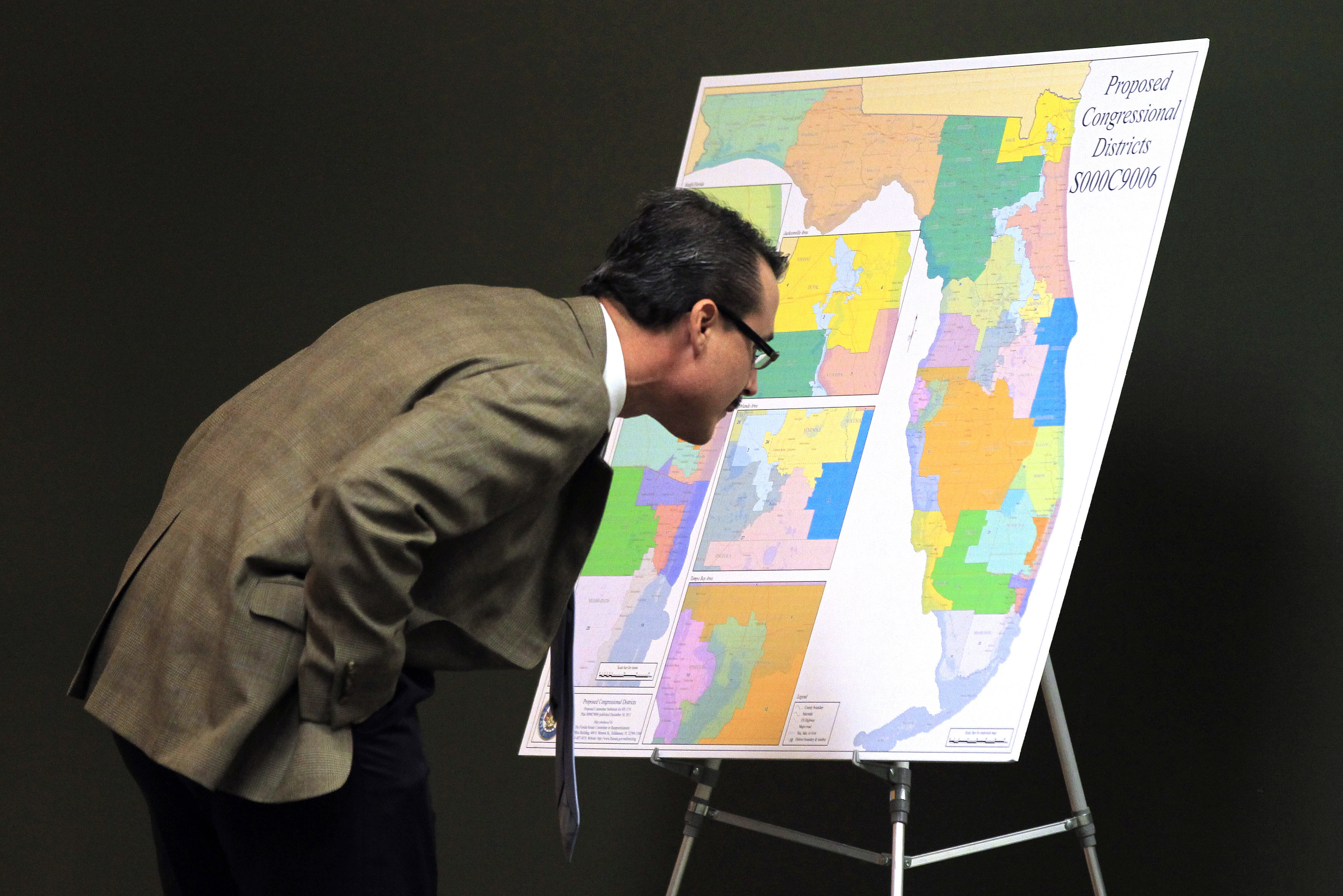By Justin Campos
For older adults in retirement and the disabled, home care is an available service to help them live independently in their own homes rather than in long-term care facilities. Home care work consists of primarily supporting people with daily tasks such as eating, bathing, dressing, and toileting. Nationwide, more than 800,000 older and disabled people on Medicaid are on state waiting lists for home care.[1] In the Empire State, and particularly in New York City, we are facing a profound shortage of home care workers to meet the growing demand. New York City has an estimated 162,080 home care workers, who comprise 72.5 percent of all home care workers in the state, according to a study done by the CUNY School for Urban and Labor Studies.[2] We need to do better and close the gap in care for not only our loved ones receiving these critical services, but also for those doing the work of caring for them.
The scarcity of home care workers presents an array of issues for New Yorkers. The elderly and the disabled are not adequately having their needs met in a timely manner, and thus we are seeing an increase in unnecessary and avoidable hospitalizations.[3] This is an especially precarious situation as we are in a global pandemic, and we must be able to provide hospital beds to those afflicted with COVID-19. This issue isn’t new, however. Bryan O’Malley, executive director of the Consumer Directed Personal Assistance Association of New York State stated, “we’ve been at a crisis level for staffing in home care for almost a decade now.”[4] Long-standing low wages in the sector, the COVID-19 pandemic and its consequences, and an increasing demand for home care services as New York’s population over 65 years old increases are the main factors that have caused and exacerbated this labor shortage.
Wages for home care workers have remained stagnant and are not competitive when compared to other industries in the state. Home care workers in New York State are currently only taking home median annual earnings of $22,000.[5] This is below the state median income of $32,320 and the city median income of $39,828. And considering the high costs of living that comes with living in New York City, one can imagine that home care workers would find it difficult to meet ends on this wage. It is unconscionable that we are valuing the labor of those taking care of our most vulnerable citizens at this low wage. It is no surprise that there is little incentive to do this work given that there is little reward. To resolve this, we need renewed investment in our home care workers and increased Medicaid and Medicare spending.
There was an estimated job loss of 342,000 nationwide in the direct care workforce in 2020, according to the Bureau of Labor Statistics.[6] Home care is now being considered as a viable alternative to congregate living by many families in the Empire State. This comes on the heels of the news that New York Governor Andrew Cuomo’s administration undercounted an estimated 12,743 deaths by nursing home residents in the state, as family members were locked out and turned away from these facilities at the peak of the crisis.[7]
The steadily increasing demand for home care services generally is also a cause for concern in New York. There are currently about 54 million Americans over 65 and that number is estimated to rise to 95 million by 2060.[8] This is due to the inevitable aging of the baby boomer population in the United States. And as this population enters retirement age, we can expect that even more home care workers will be needed to meet demand. A study estimates that 70 percent of adults 65 and older are going to require some form of basic assistance.[9] This reality makes the shortage we are facing that much more dire.
Inaction from our public officials on public health issues in New York State would have us believe that this isn’t a hot button issue. Former Governor Andrew Cuomo’s administration gutted Medicaid by $400 million, part of a plan to cut $1.6 billion in the aggregate over several years.[10] Specifically, the budget sought to cut Medicaid costs from managed-long-term-care, which is the program that contracts with private insurers to provide services like home care. Historically, Cuomo and his contemporaries have been unwilling to raise taxes on the wealthy to address the issue of increasing Medicaid spending and have instead opted for measures of austerity. But I believe it will be imperative to impose higher taxes on the richest New Yorkers to provide for our neediest community members, not only in terms of home health care but also health care generally.
Our current home care workforce is insufficient to meet the demand and challenges of the present day. As our loved one’s age, we want them to live the same quality of lives they led when they were young. We need better home care now to provide preventative, consistent and much needed care to our most vulnerable populations.

Justin is a first-year MPA-PNP student at NYU Wagner. He is studying public policy analysis with a focus in the study of inequality, race, and poverty. He graduated from Wesleyan University in 2019 with a BA in the College of Social Studies.
Works Cited
[1] Paula Span, “For Older Adults, Home Care Has Become Harder to Find”, The New York Times, July 2021.
[2] Isaac Jabola-Carolus, Stephanie Luce, and Ruth Milkman. “The Case for Public Investment in Higher Pay for New York State Home Care Workers: Estimated Costs and Savings”, CUNY Graduate Center, 2021, 9.
[3] Christian Garzone. “’Urgent matter’: Homebound patients waiting on care, shortage of aides across New York state”, Rochester First, May 2021.
[4] Joe Mahoney, “NY Home Care Agencies Face Worsening Labor Shortage,” The Post-Journal, August 2021.
[5] Isaac Jabola-Carolus, Stephanie Luce, and Ruth Milkman. “The Case for Public Investment in Higher Pay for New York State Home Care Workers: Estimated Costs and Savings”, CUNY Graduate Center, 2021, 9.
[6] Stephen McCall, “Will COVID-19 Change Direct Care Employment? New Data Offer Clues,” PHI National, April 2021.
[7] Marina Villeneuve, Bernard Condon, and Matt Sedensky, “NY data show nursing home deaths undercounted by thousands”, AP News, January 2021.
[8] Kavitha Cardoza, “There’s a Shortage of Home Health Aides for The Elderly, And It’s Getting Worse,” NPR/WNYC, September 2021.
[9] Richard W. Johnson, “What Is the Lifetime Risk of Needing and Receiving Long-Term Services and Supports,” ASPE Research Brief, April 2019.
[10] Rebecca C. Lewis, “Medicaid Cuts Make the State Budget, With Some Tweaks”, City and State, April 2020.




